The middle class in America is feeling the pinch in tough economic times. Two-thirds of middle-class Americans state they are experiencing economic hardship now and do not see that circumstance changing in the future.
Perception of Economic Hardship

A poll funded by the National True Cost of Living Coalition found that the middle class feels stuck in a hopeful cycle of economic hardship.
Economic Indicators vs. Reality

Financial and economic indicators show a rosy picture of the U.S. economy. Unemployment remains low, housing and stock prices are strong, and the GDP is enviable among economies. Despite this image of economic strength, however, according to newly released data, millions of American households are experiencing financial insecurity.
Inability to Save Money

In the survey, middle-class households stated they could not save money. The survey was funded by a group formed to develop cost-of-living tools that can help economists quantify economic well-being.
Survey Demographics and Findings

Included in the poll were 2,500 adults. From this group, of those who earn more than double the poverty level, or at least $60,000 for a family of four, 65 percent of this group stated they struggle financially.
Financial Insecurity Among Higher-Income Households
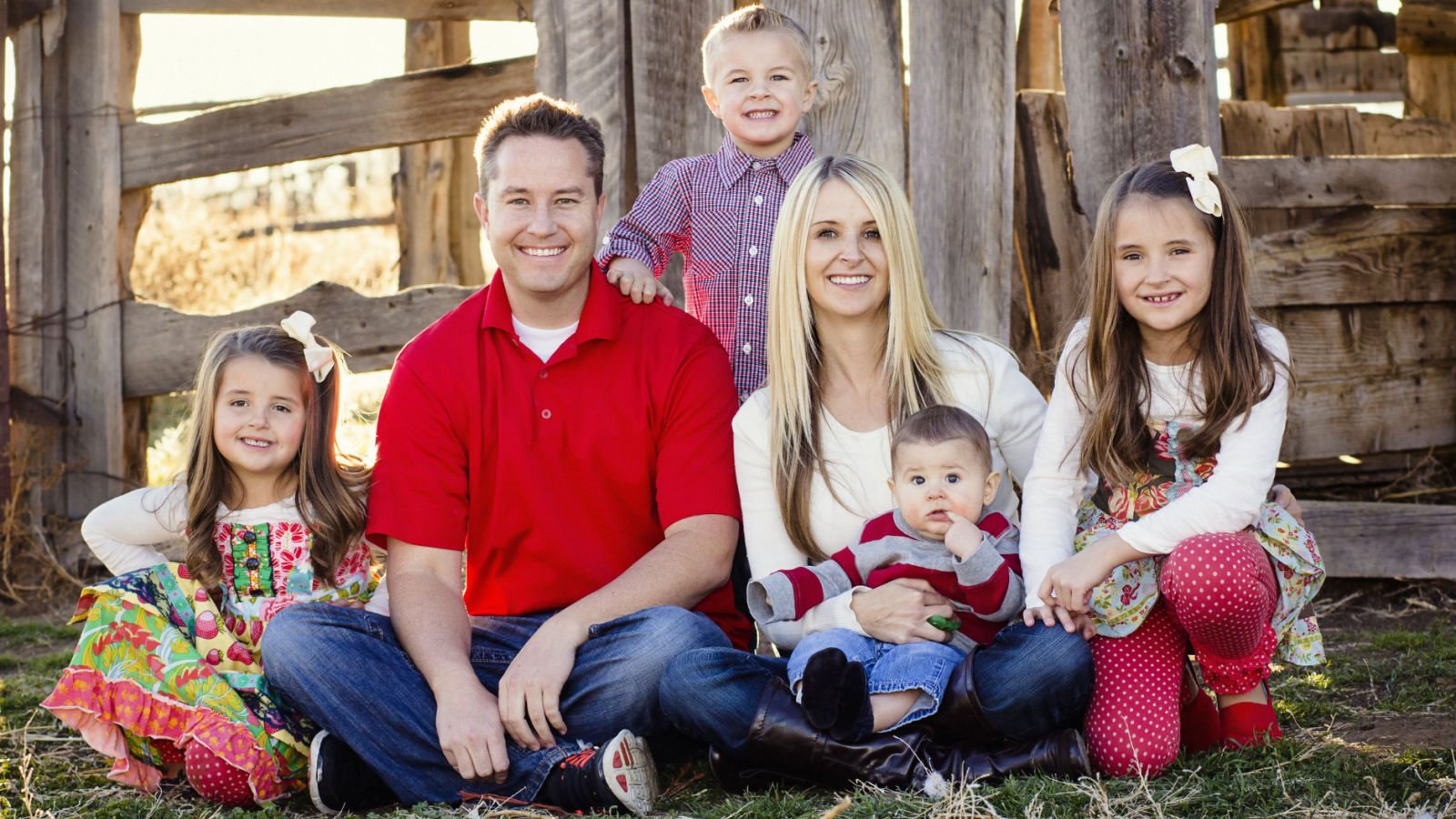
Many higher-income households are also experiencing financial insecurity. The survey data revealed that 25 percent of households making 500 percent of the poverty level, or $150,000 for a family of four, also worry about paying their bills.
General Financial Struggles

As a main takeaway of the survey, 6 out of every ten participants indicated that their household is struggling financially.
Commentary from Jennifer Jones Austin

Jennifer Jones Austin, Chief Executive Officer of the Federation of Protestant Welfare Agencies and co-chair of the National True Cost of Living Coalition, stated about the findings: “The economy is booming, and yet many Americans are still gasping for air financially. They simply don’t have the breathing room to plan beyond their present needs.”
Savings and Paycheck Dependency

The survey found that 46 percent of respondents did not have even $500 in savings. As many as 40% were living paycheck to paycheck, unable to plan for expenses beyond receiving their next paycheck. Additionally, more than half of respondents struggle with current debt levels.
Impact of Debt and Interest Rates

One explanation for the disparity between a seemingly healthy economy and household financial angst is debt, specifically consumer debt. Due to inflation and a quick increase in interest rates over the past few years, debt has become much more expensive for Americans. Therefore, the financial pressure of debt is amplified in many American households.
Differences in Debt Levels

Extending on the findings related to debt, the poll revealed a vast difference between households encumbered by debt and those without. Only one-third of the 2,500 respondents report having no debt.
Financial Stability Without Debt

Households without debt are not exposed to the volatility of interest rates. However, other families with credit card debt and student loans have experienced the ballooning trajectory of their debt load over the past few years.
Savings Disparities

While a wide chasm exists between the financial situations of households in debt and those who do not, another great chasm exists between households that save and those who do not. The poll revealed that one in five respondents has at least $10,000 saved. As many as 28 percent of respondents reported having no savings.
Paying Recurring Bills

Regarding paying recurring bills, one in six respondents say they have to prioritize and strategize which bills to pay first over other bills.
Political Perspectives
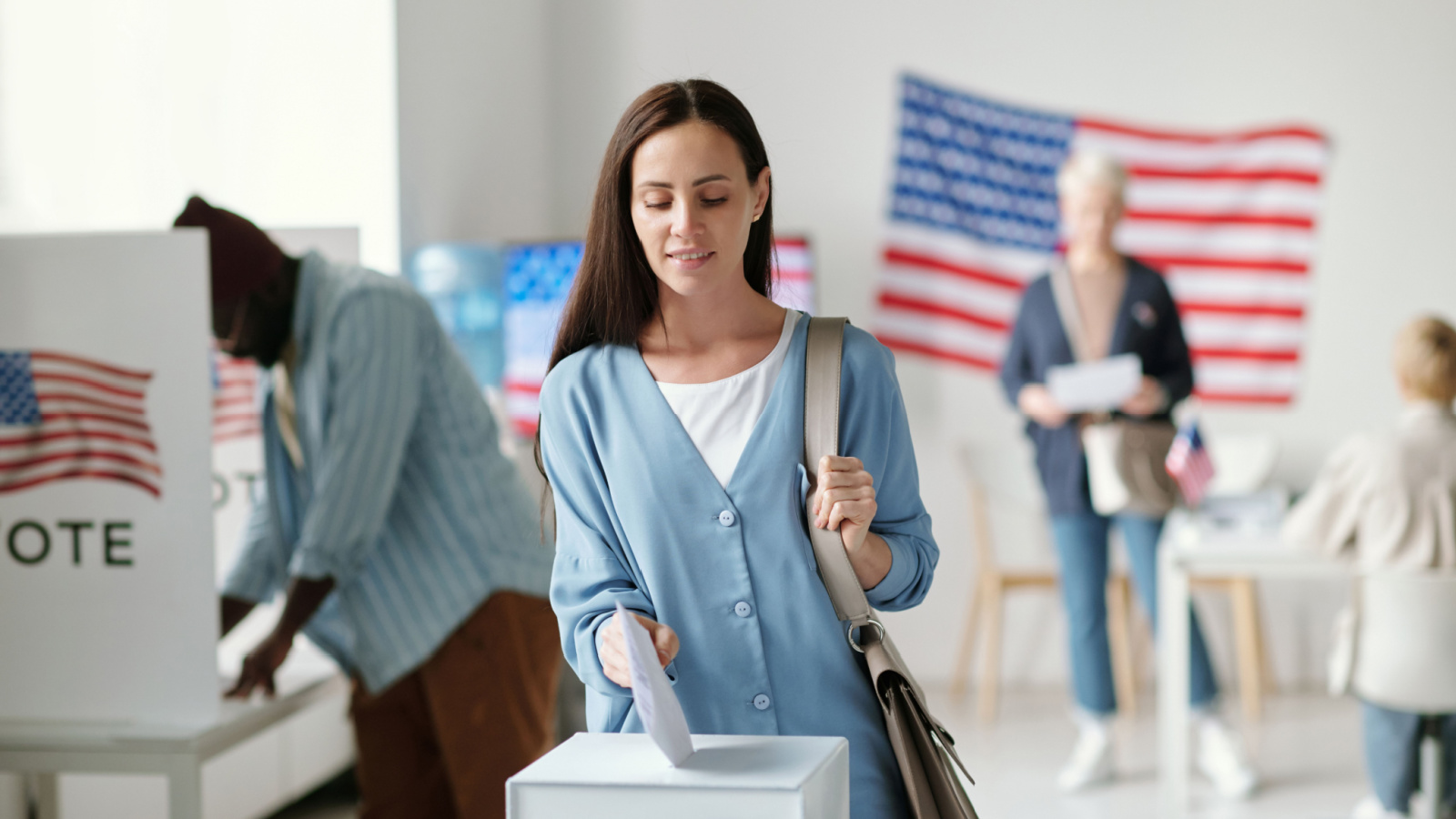
The survey considered the perspectives and data of a broad range of Americans, including members of both political parties and those in between. David Jones, co-chair of the National True Cost of Living Coalition, said, “Republicans, Independents, and Democrats expressed the same kinds of issues. It’s not going away no matter who becomes president.”
Federal Reserve Survey Findings

Last month, the Federal Reserve released an annual survey cataloging some aspects of home economics. This survey revealed that nearly half of all respondents could financially absorb a $2,000 expense. Finding the $2,000 for that expense is not trivial, though, as 18 percent of adults say that if they could use only savings, the largest emergency they could cover would be under $100. Fourteen percent said they would be able to cover an emergency expense of $100 to $499 using only savings.






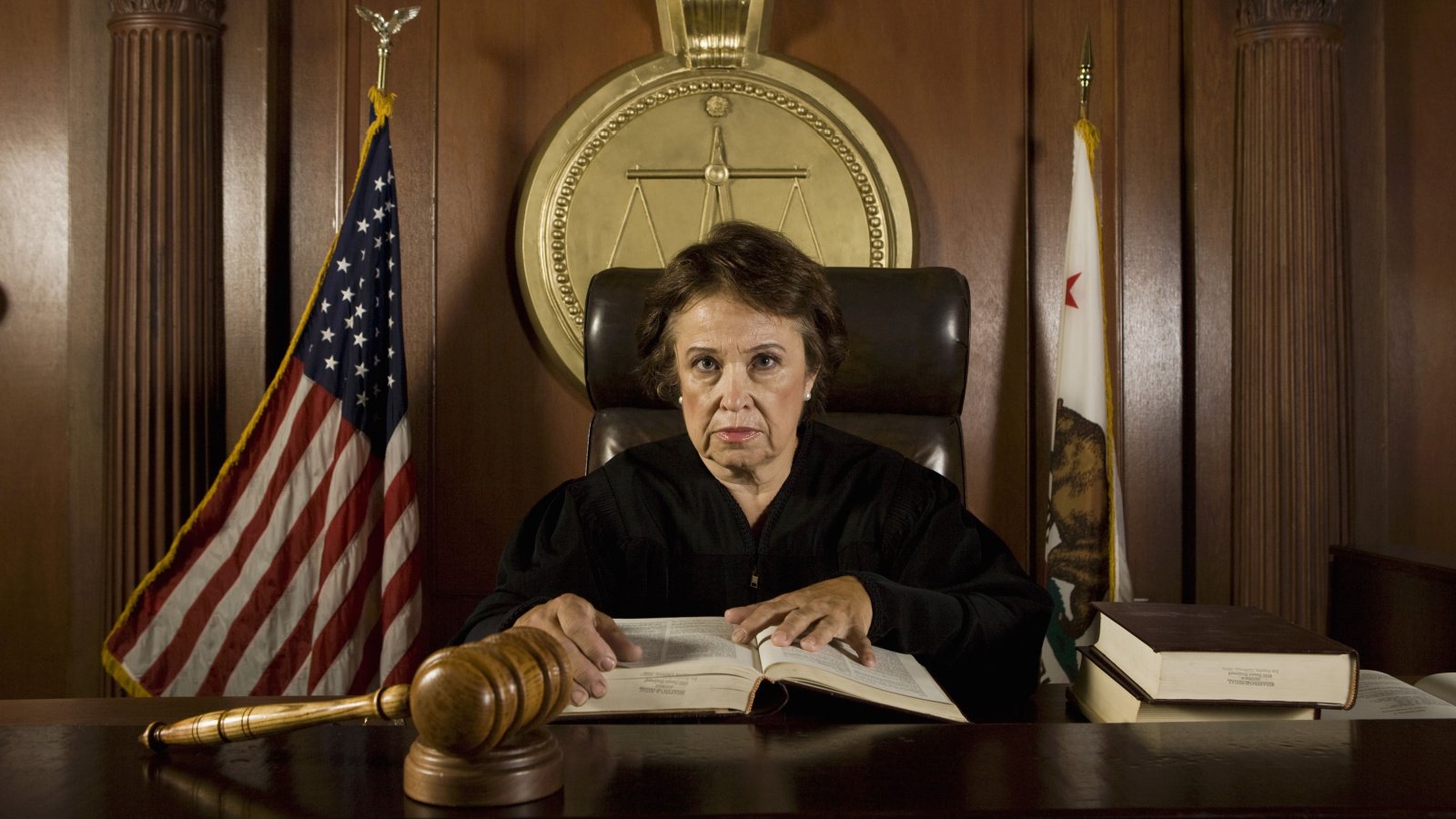
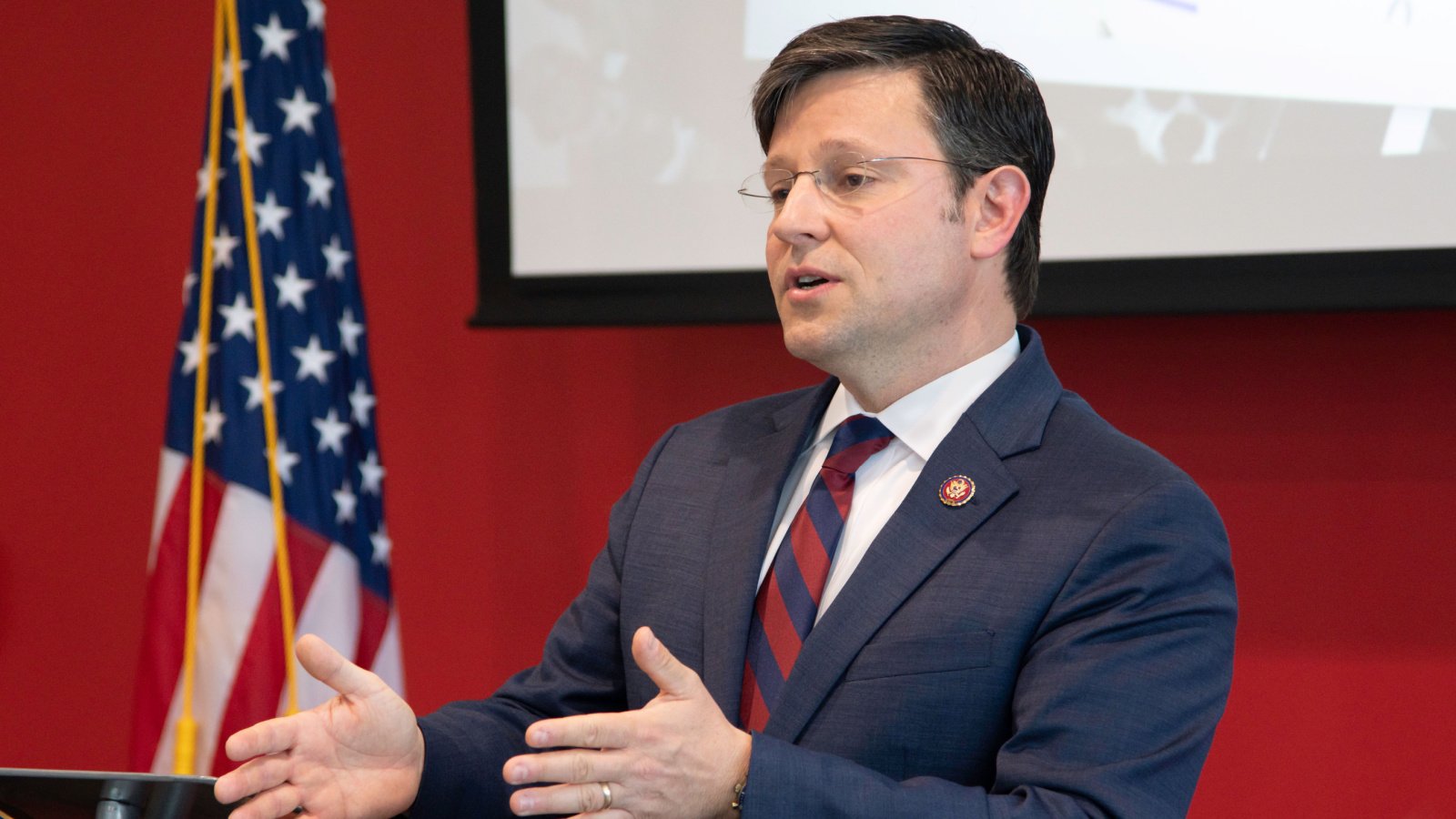
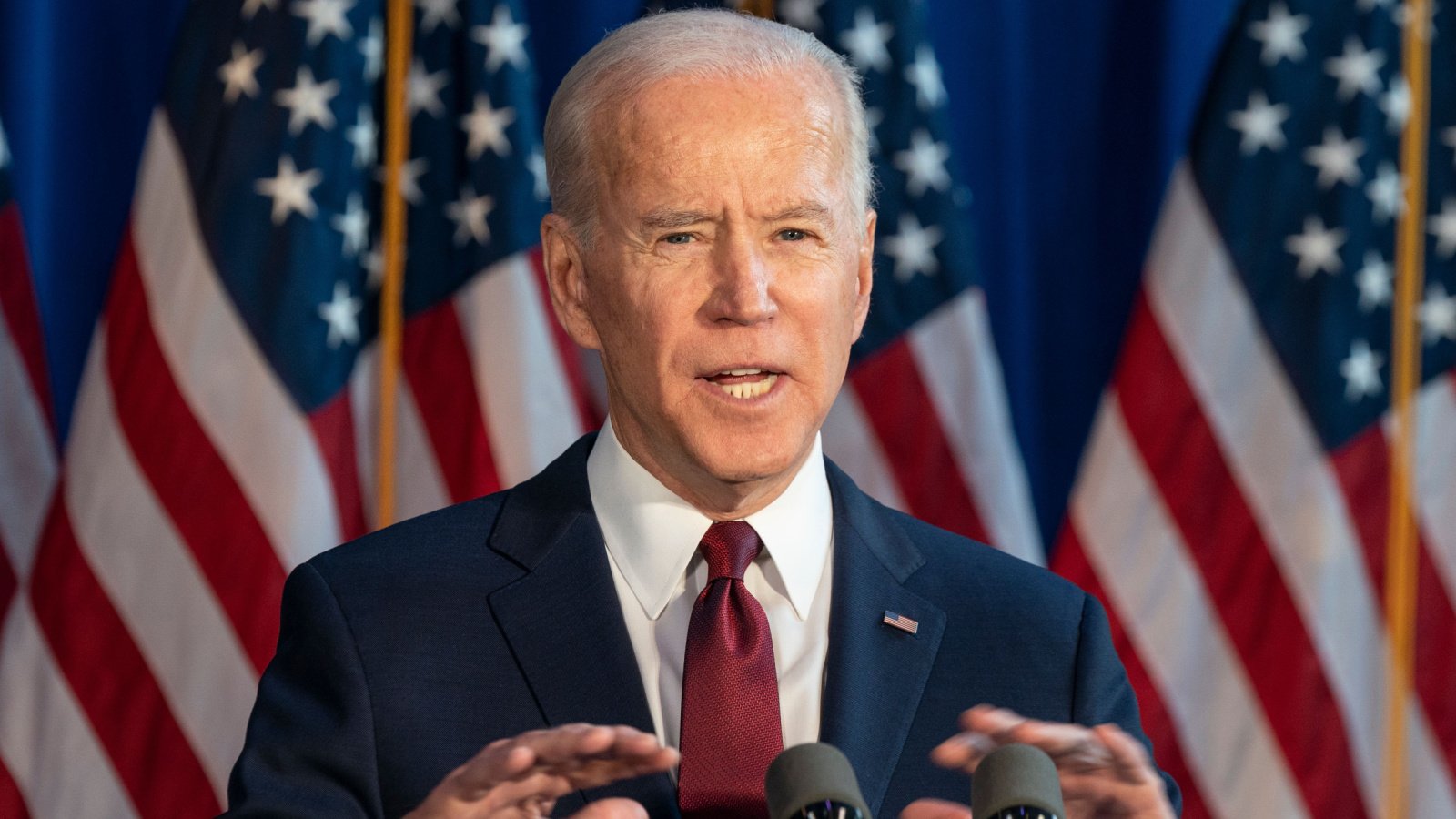
Nachdem er einen Jackpot von 6.900 $ gewonnen hatte, wurde sein Auszahlungsantrag
aufgrund eines Missverständnisses bezüglich der Kauffunktion eines Spiels abgelehnt,
obwohl er die angegebenen Regeln befolgt hatte.
Der Spieler aus Nevada hatte ein ernstes Problem mit MrO Casino, wo Gewinne
in Höhe von fast 7.000 $ aufgrund eines Missverständnisses über die
geänderten Bedingungen des Bonuscodes für ungültig
erklärt wurden. Der Spieler aus den USA zog 854 $
mit einem „No Rules“-Bonus ab, wurde jedoch aufgrund angeblicher Überwetten abgelehnt,
obwohl es keine Obergrenze für den Bonus gab.
Eine Spielerin aus Indiana hatte Probleme mit ihrer Auszahlung
bei Mr.O Casino, da diese aufgrund eines angeblich von derselben IP-Adresse verwendeten Bonuscoupons abgelehnt wurde.
Das Problem wurde gelöst, als der Spieler bestätigte, vom Support eine Klarstellung zu den Bonusbedingungen erhalten zu haben, aus der hervorging,
dass seine Gewinne trotz Erfüllung der Wettanforderungen immer noch als Bonusgeld betrachtet wurden. Deshalb ist es unserer
Meinung nach ratsam, nach einem besseren Online Casino zu suchen, in dem Sie beruhigt spielen können. Zu den Angeboten gehören Willkommensboni, Einzahlungsboni, Freispiele und spezielle Aktionen für Stammspieler.
References:
https://online-spielhallen.de/joo-casino-aktionscode-ihr-schlussel-zu-exklusiven-vorteilen/
Verantwortungsbewusste Spielpraktiken sind besonders wichtig, wenn es
um Casinos ohne deutsche Lizenz geht. Wenn du dich für ein lizenziertes Casino entscheidest, hast du die Gewissheit, dass du auf einer fairen und sicheren Plattform spielst.
Mit einem starken Fokus auf Sicherheit und Spielerschutz
sowie einem rund um die Uhr verfügbaren Kundensupport, bietet Monsterwin eine hervorragende Spielerfahrung für alle Arten von Spielern. Das Monsterwin Casino überzeugt durch seine
breite Spielauswahl, attraktive Bonusangebote und flexible Zahlungsmethoden. Besonders hervorzuheben sind die zahlreichen progressiven Jackpot-Spiele, die hohe Gewinnchancen bieten.
High Roller spielen ausschließlich in Casinos ohne Lizenz der GGL.
Für dich kann sich daraus etwa ergeben, ob du deine Lieblingsspiele überhaupt spielen kannst
oder wie viel Geld du einzahlen bzw. Auch die Regierung der Philippinen vergibt
Online Glücksspiellizenzen (unter dem Kürzel PAGCOR bekannt).
Das Spielangebot ist daher oft viel größer und abwechslungsreicher
als bei den streng regulierten deutschen Anbietern. Ein weiterer Pluspunkt bei Casinos ohne deutsche Lizenz ist, dass sie nicht nur Online Spielautomaten wie Big Splash Bonanza anbieten dürfen. Für Spieler, die gerne flexibel und ohne Limits
spielen wollen, ist das ein großer Pluspunkt.
Der maximale Einsatz pro Spielrunde an den Automatenspielen ist
auf den Betrag von 1€ begrenzt. Die deutsche Glücksspiellizenz
der Gemeinsamen Glücksspielbehörde der Länder gibt es erst seit 2021.
Wir haben euch eine Anleitung erstellt, mit der ihr sofort im Online Casino
ohne Lizenz aus Deutschland spielen könnt.
References:
https://online-spielhallen.de/umfassender-leitfaden-zum-wazamba-casino-bonus-code/